Gone are the days of $600 flagships; the latest Meizu flagship (as of writing this review; the Pro version should be out soon) costs a ‘mere’ 1799 Yuan or US$289 in China. I remember only a little over a couple of years back did I pay what now looks like a hefty sum of $275 to have an MT6577 phone shipped to me. I like to believe I wasn’t foolish back then, but there’s one thing I’m certain about -- it IS the age of mid-range flagships. The term, as you read it, is an amalgamation of ‘mid-range’ and ‘flagship’; ‘mid-range’ refers to the price and the latter, to the specifications (not so much the experience, unfortunately. But we’ll get there).
Since we are dealing in Chinese tech, the price is even lower than what international or mainstream OEMs would offer. In this case, the MX5 comes with acclaimed Helio X10 CPU from MediaTek… along with 3GB RAM and other impressive specifications.
Let us find out how well that translates into a good phone.
Meizu MX5 Review: Design and Build
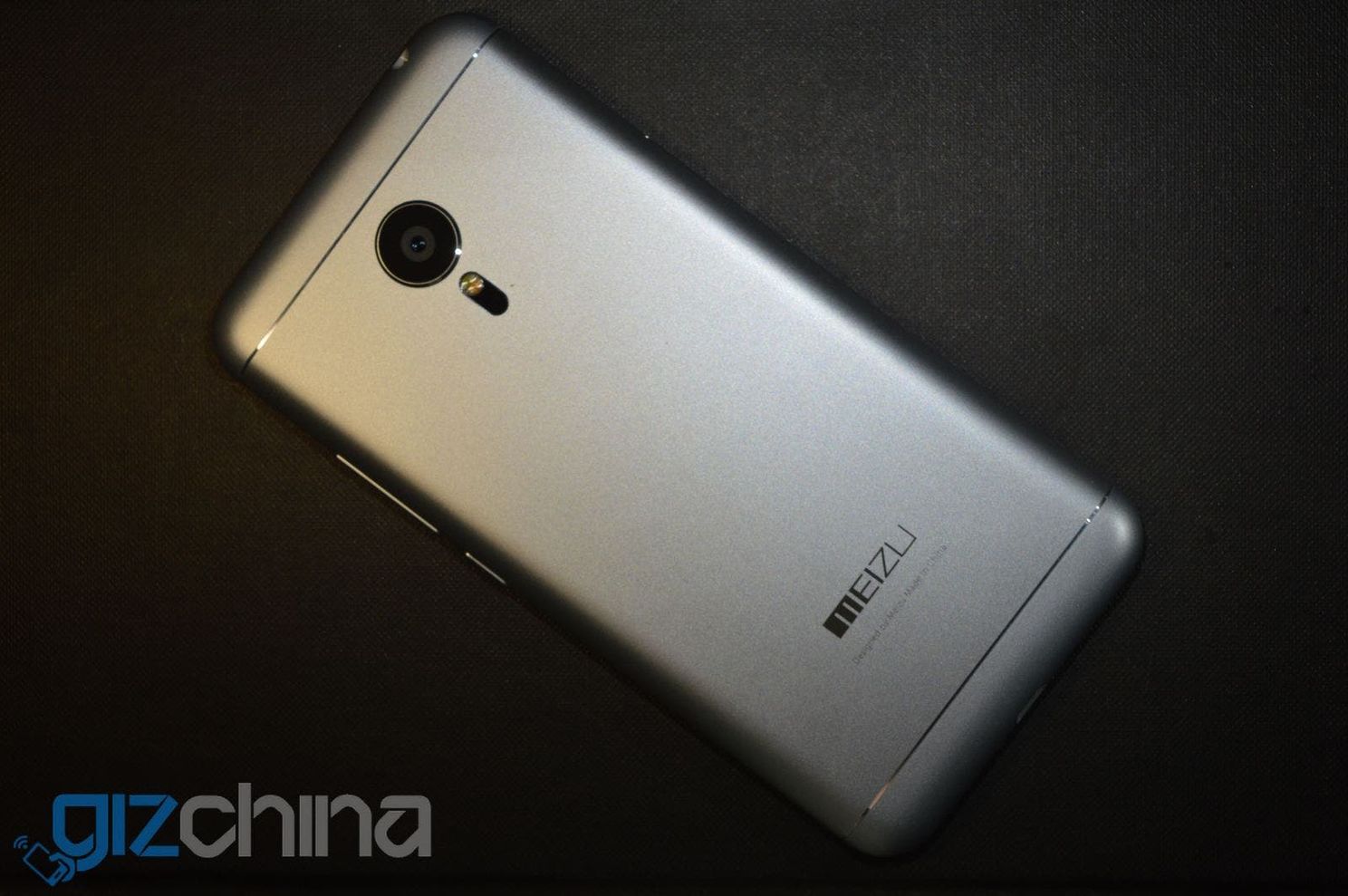
I’ve been a fan of Meizu’s design since I was shown the Meizu M6 back in 2007 or so. Nothing out of the ordinary, but I loved the simpleness that the design had to it in an era when most companies churned out devices that were made to look as complicated (‘geeky’) as possible. The MX5 however happens to be the first Meizu phone I’ve used for more than 10 minutes… and it’d be unfair to say that it has disappointed.
However, what is certain is that the design won’t blow your mind. That isn’t to say that the MX5 is a ripoff of the iPhone -- it sure isn’t -- but it won’t make you go around preaching Meizu’s design theory. The home button on the MX5 is now a rounded square (rounded rectangle, anyone?), after Meizu was allegedly forced to give up the glowing halo which went hand-in-hand with any Meizu phone for quite some time.
There are obvious cues from other phones, which is most apparent around the edges of the MX5… especially when you catch a glimpse of the speaker grille.
While measuring the ‘goodness’ of a design is something that’ll forever depend on who’s using it, the build of a phone will usually be in agreement by most of its users. In the case of the MX5, the device seems fairly well built with an exception or two.
It is believed that the MX5 was a bit of a hurried device. Hurried in the sense that Meizu probably didn’t invest as much time as they would usually. But the consequence of that should’ve been in the design and features and not the build.
One major gripe that I have with the MX5 is that the buttons (volume and power, not the home button) feel slightly tacky. This is because of the play or the ‘rattle’ they have in them; running a finger over the buttons even makes a sound that you don’t want to hear from something you’ve spend udwards of $300 (for international buyers) on, let alone a flagship smartphone of 2015.
Thankfully though, the home button recites a different story. There’s virtually no play or anything like that, and the fingerprint reader works like a charm (more on this later).
Take a look at some pictures of the MX5.
Meizu MX5 Review: Hardware and Performance
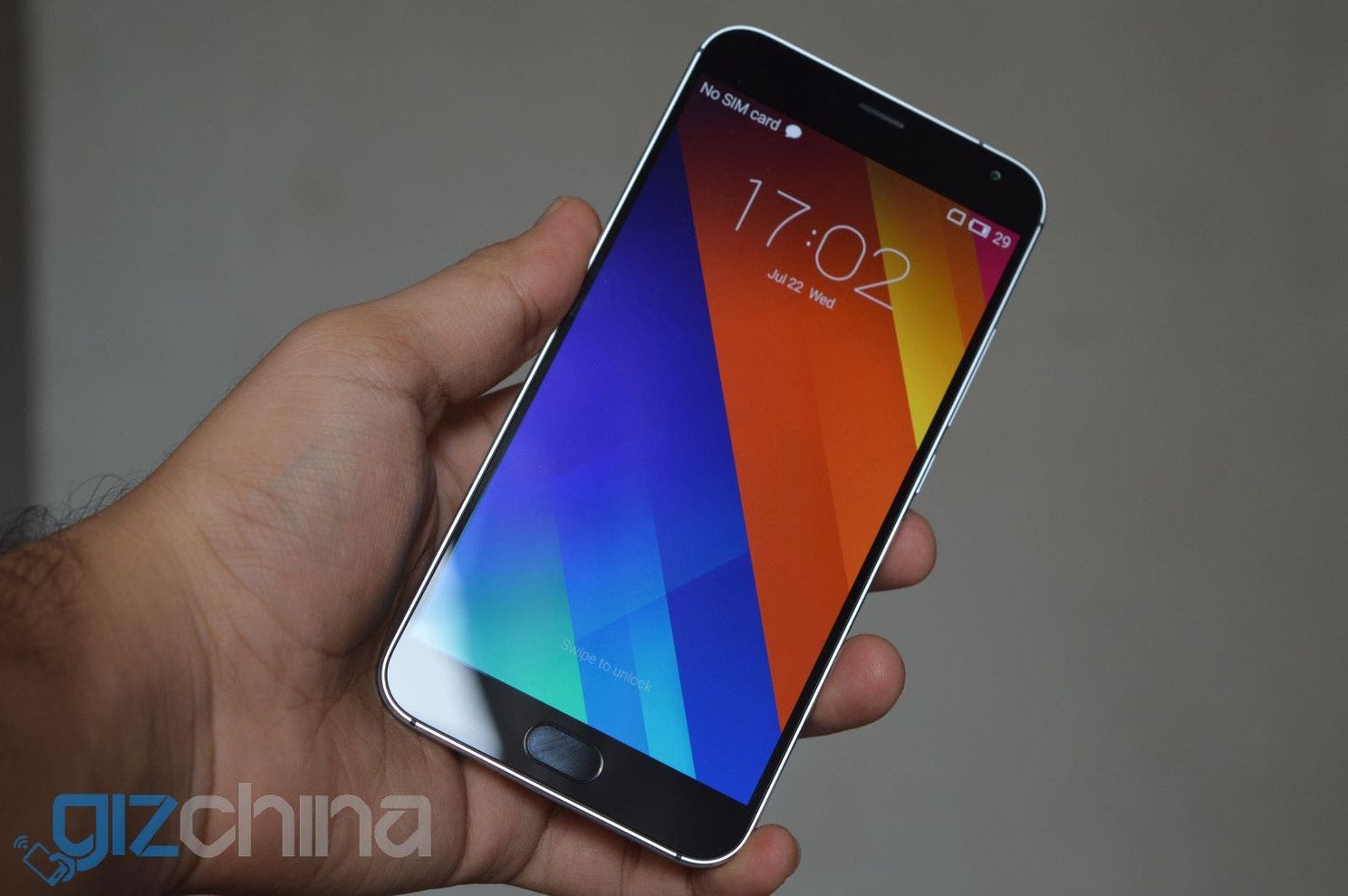
After only recently having used the LeTV X600 (review), I had high expectations from the MX5. The X600 comes with the MediaTek MT6795 @2.0GHz, while the variant on the MX5 actually has 10% faster clock rates. Unfortunately though -- probably because of an unoptimized ROM -- the MX5 doesn’t perform as well as it should (and could).
With the same amount of RAM, ROM and a higher clocked version of the same CPU, the MX5 is usually second to the LeTV X600, which is in fact the one of the three first phones from LeTV. I guess the higher expectations were called for, given Meizu’s experience making phones. It makes one wonder if the pretty ROMs that Chinese phones often flaunt are backfiring with unnecessary resource hogging.
Nonetheless, there’s more to the MX5 than just UI transitions, and thankfully it only gets better from here.
In-app performance (that is, when the ‘unnecessary’ overheads don’t play a part) is top-notch as you would expect from the CPU. RAM-heavy apps like Chrome will hang every now and then, but that’s only when you’re pushing the phone’s processing limits (as I often find myself doing, with a tonne of tabs, apps, open all at once). Give the phone a few seconds (20, give or take) and it’ll resume to normalcy. Again, this isn’t something you expect from a flagship, but it is the ROM to blame.
Meizu are promising a lot with constant firmware updates, which hopefully will eradicate the apps not responding issues and improve the general performance.
Moving on, audio performance on the MX5 deserves a special mention. The output from the earpiece as well as the built in speaker is crisp and sounds like quality sound. Often phones will output audio that's completely bass-less and too high on treble, but the MX5 gets all of that right!
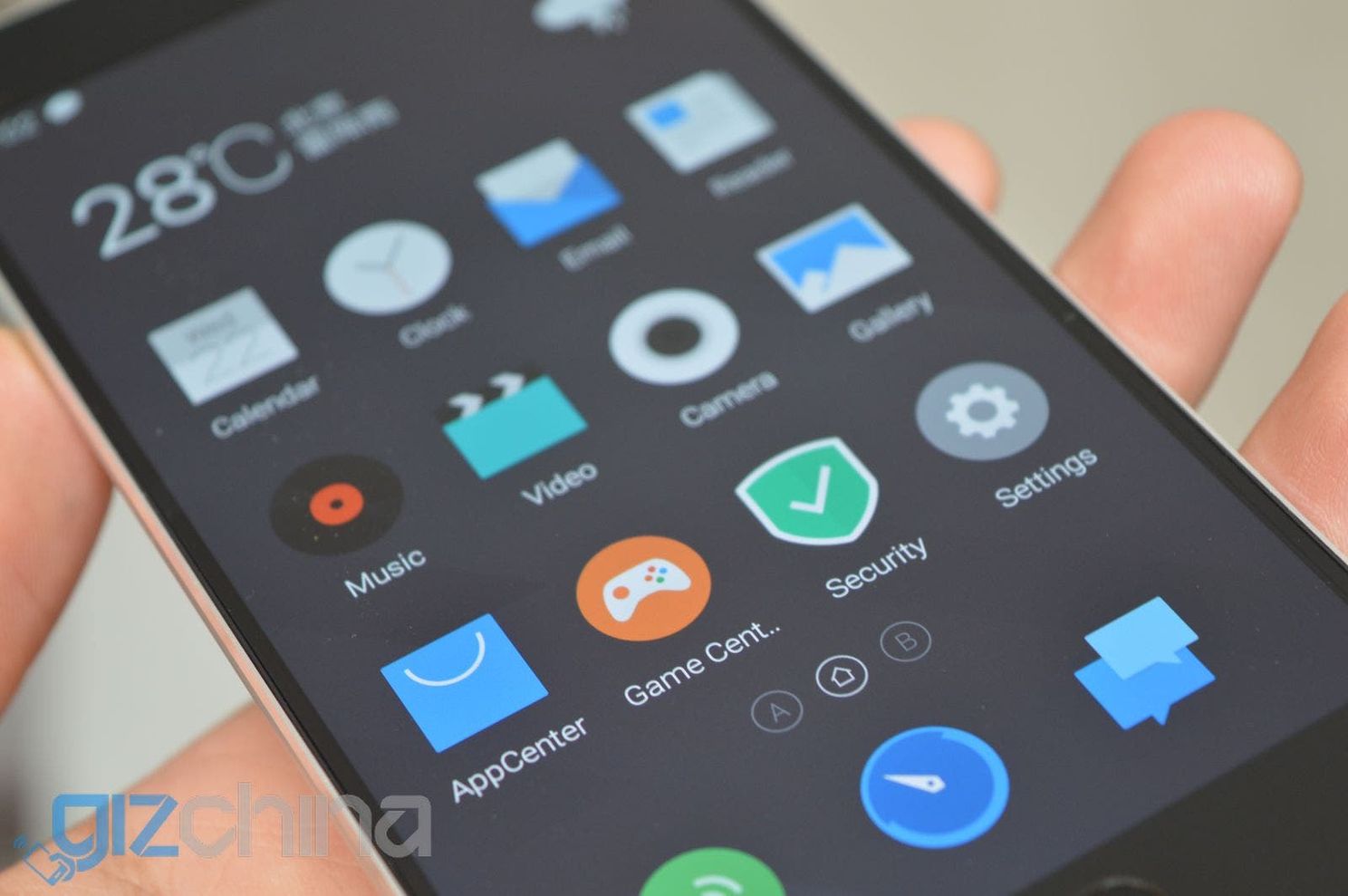
Now, the display. The 5.5-inch display of the MX5 has a 1920 x 1080p resolution. It isn’t the resolution that is the talking point, but the fact that it is a Super AMOLED display. Users in China have been having issues with the display, but as I’ve said before and as I will continue to say, it is the way the display has been calibrated. What might be an issue for one might actually be a feature for another.
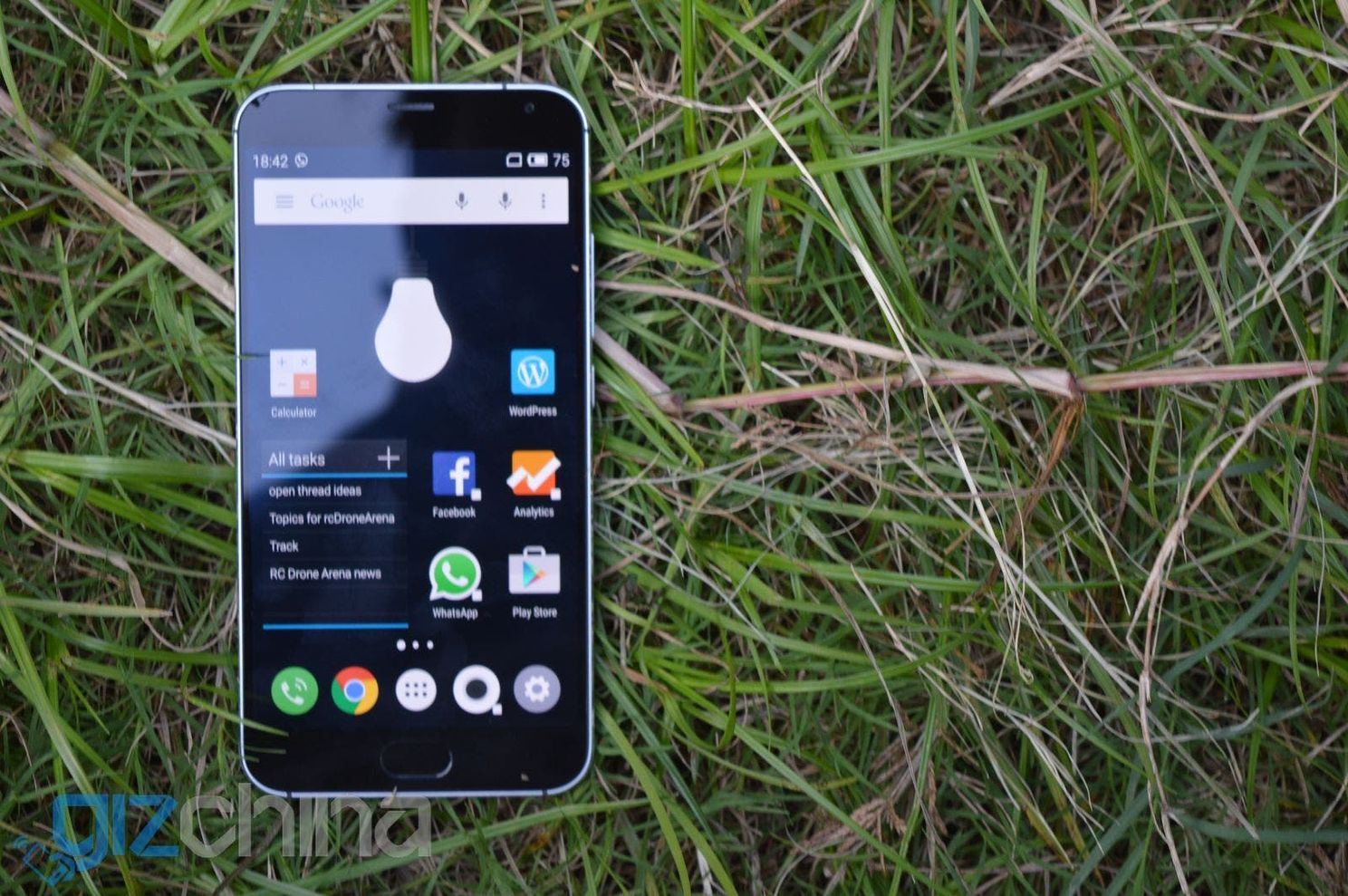
In short, the MX5 has a fairly beautiful display with a lovely color reproduction, which can be tweaked up to an extent from within the settings. It is beautiful per se, but has strong characteristics. That is to say, put it against another Super AMOLED and you’ll know from one look which one the MX5 is. It has a slightly warm tint, and lacks the over-saturation of other Super AMOLED displays. Picture isn’t as ‘fluid’ or crisp as an IPS LCD panel, but then there’s color going for this one.
Meizu MX5 vs Gionee Elife S7 Super AMOLED display comparison:
Meizu MX5 Review: Camera
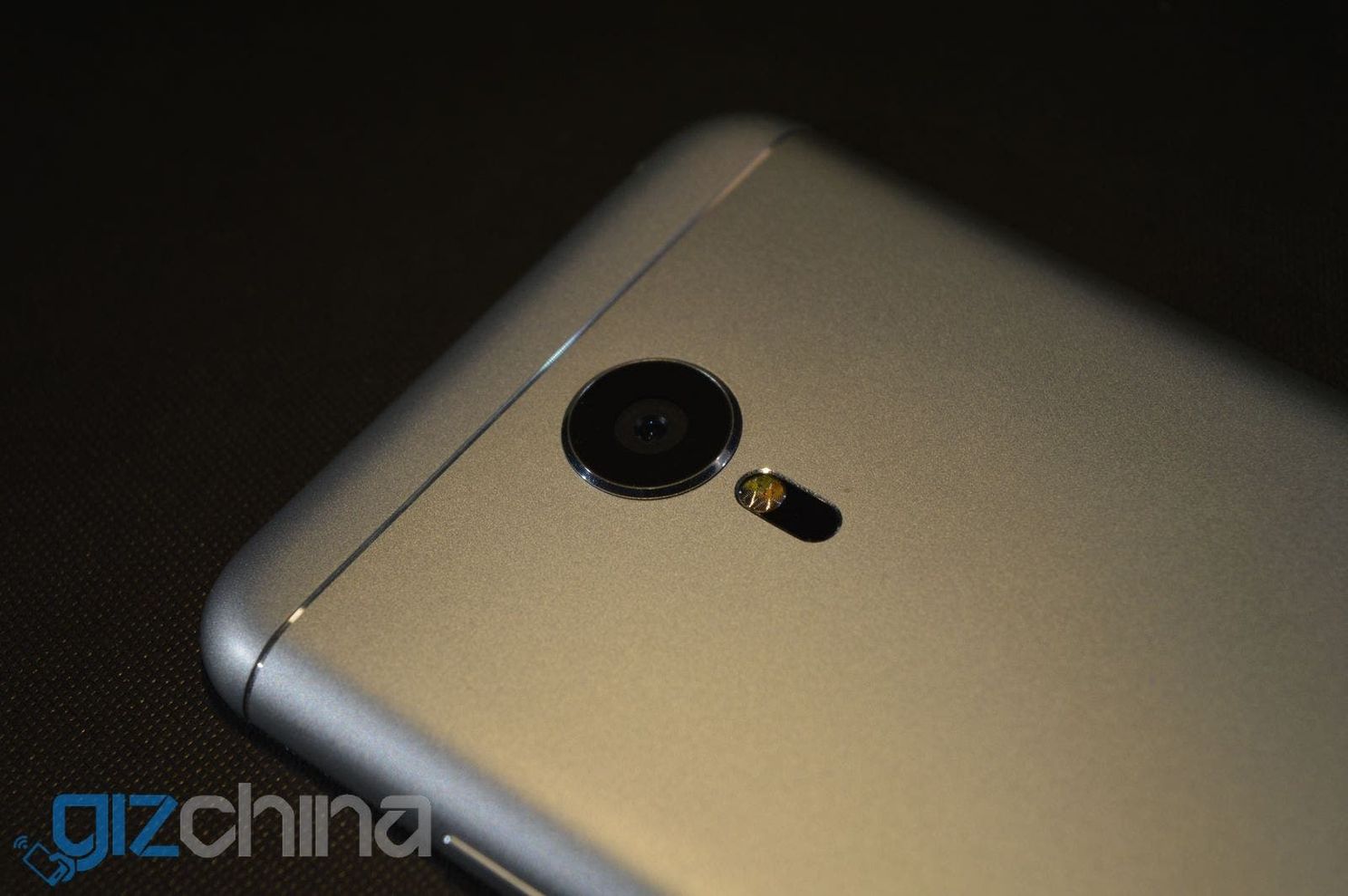
In one word -- forgive me for being informal -- the camera on the MX5 is insane. Good insane.
It’s a 20.7 mega-pixel Sony IMX220 sensor from the previous Meizu flagship, but with improved software algorithms and laser autofocus that takes charge of imaging on the phone.
As usual for any phone, the MX5’s camera comes loaded with features such as HDR, macro (“microspur” in the menu), depth of field, and of course, beauty mode. The macros can’t be taken from as close up as you’d like, but apart from that the MX5 is, without a spec of doubt, the best camera phone I’ve used. As you read before, this includes the X600 (Andi still seems to swear by his LeTV X600, but I’m pretty sure as and when he gets his hands on the MX5, the X600 will be history).
Every mode does justice and then more to the picture. HDR isn’t overexposed, depth of field shots have shalloe depth of field… just the right amount, without the bokeh seeming manufactured. In all, the MX5 has the camera that will -- I daresay -- make the most demanding users happy with its capabilities.
I’ll let the sample shots do the talking. Forgive me for not having the best framing abilities!
Meizu MX5 Review: Battery
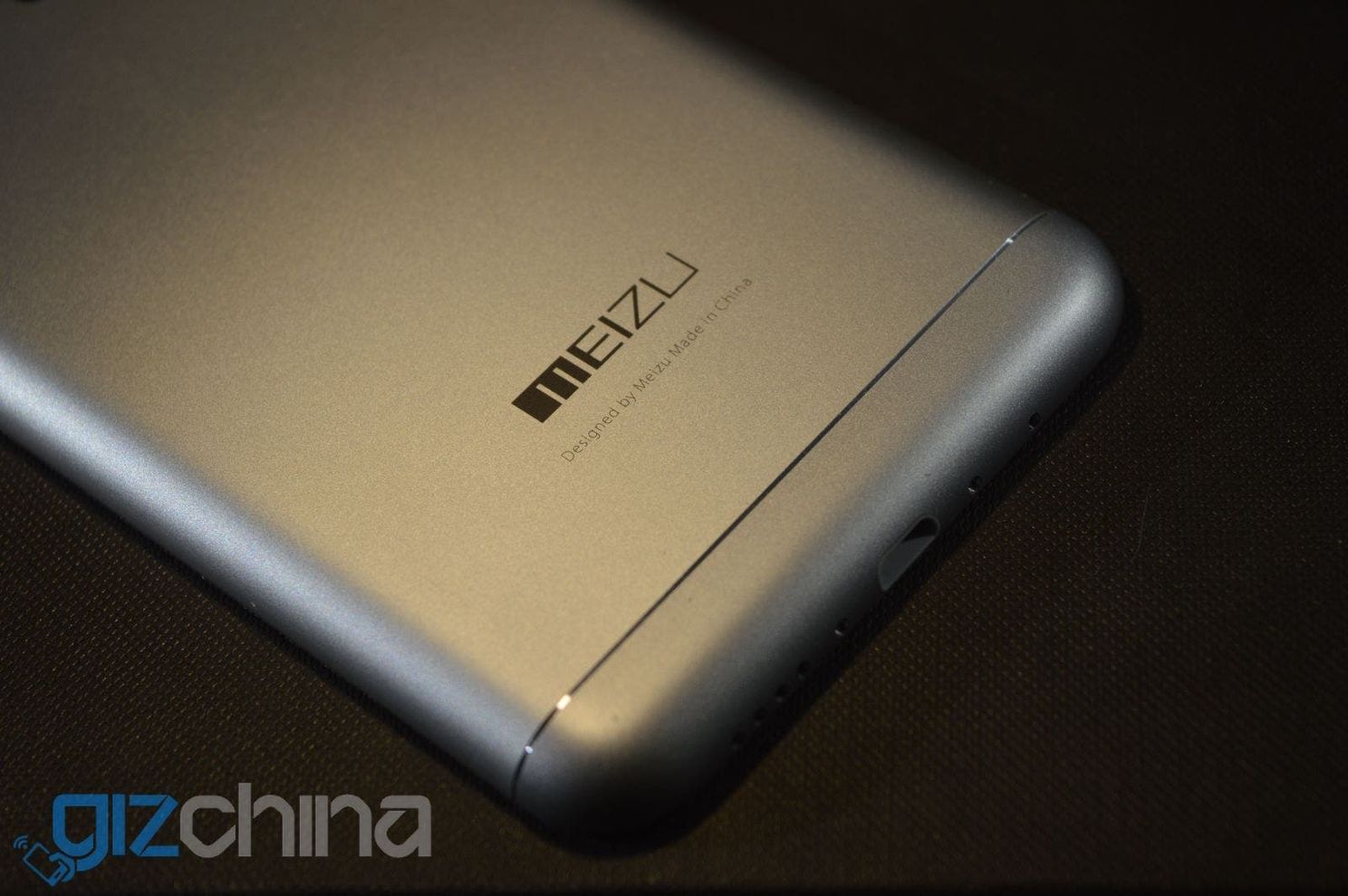
Although the MX5 has a 3150mAh battery and a Super AMOLED display, battery life isn’t crazy good. It is only on the verge of satisfactory… a little short of that for some.
I hardly play any games on the phone, and as other reviews of mine will tell you, use my phone mainly for communication and utility purposes. I believe with the sort of usage my phones are subjected to, one day of battery life should be a bare minimum. And the MX5 almost does that.
4.5hrs to 4.75hrs is the kind of SOT (screen on time) the MX5 manages for me. It isn’t the best clearly, but not the worst either. This is something I would again attribute to the ROM on the device, which doesn’t seem completely optimized to extract the best from what’s given to it in hardware terms.
Charging however is a boon. It does make you let go of a percentage of the lack of great battery life. According to Meizu, the mCharge technology will take the MX5 from 0-25% in just 25 minutes; from my usage, I can say that Meizu haven’t wronged their buyers.
Meizu MX5 Review: Fingerprint Sensor and Flyme OS
Flyme again is a heavily skinned Android variation. It does away with the ‘Smart Bar’ that used to be the star of the show (and from what users reported, was a major contributor to the steep learning curve). Since there’s only one button on the MX5 -- contrary to three on most Android phones -- the home button isn’t just a home button. It combines a fingerprint sensor, back and home button into one. Of course this is a hardware implementation, but all a part of Flyme, which is why you find it in this section of the review.
Here’s how it works: from anywhere on the phone, tap (and not press) the home button like any capacitive touch button, and it’ll perform a ‘back’ action. Press the button, and it’ll take you to the home screen. So simple, yet so intelligent. Of course, there is a learning curve to it, but once you do get a hang of it you will (like me) prefer this arrangement over the usual three button setup of Android.
In order to access recent apps, you swipe up from the bottom of the screen. This can be a little tricky at first… especially when you don’t know how to deal with the running apps. Tap on one to get into the app, swipe down from within the recent apps bar to kill all apps, and tap and hold on one to ‘lock’ it into memory.
Besides the parts where the OS feels a little low on optimization, it is something that I’d use and probably prefer over AOSP Android. There’s a lot of customization options, but at the same time Meizu seem to not have done things to the ROM just for the sake of it.
Coming to the fingerprint sensor: along with the camera, this is my most favourite feature of the MX5. It isn’t just super secure, but also super fast (and very accurate). It is faster than having a ‘slide to unlock’ screen, and more secure than the most complex pattern you can set on the 9/16-dot grid of Android. But like I mentioned earlier, you will want to have dry fingers before attempting to unlock your phone.
The very impressive anti-fingerprint/oleophobic coating that is spread on the screen and around the home button seems to be missing from the fingerprint sensor, but I’m not complaining.
Meizu MX5 Review: Conclusion
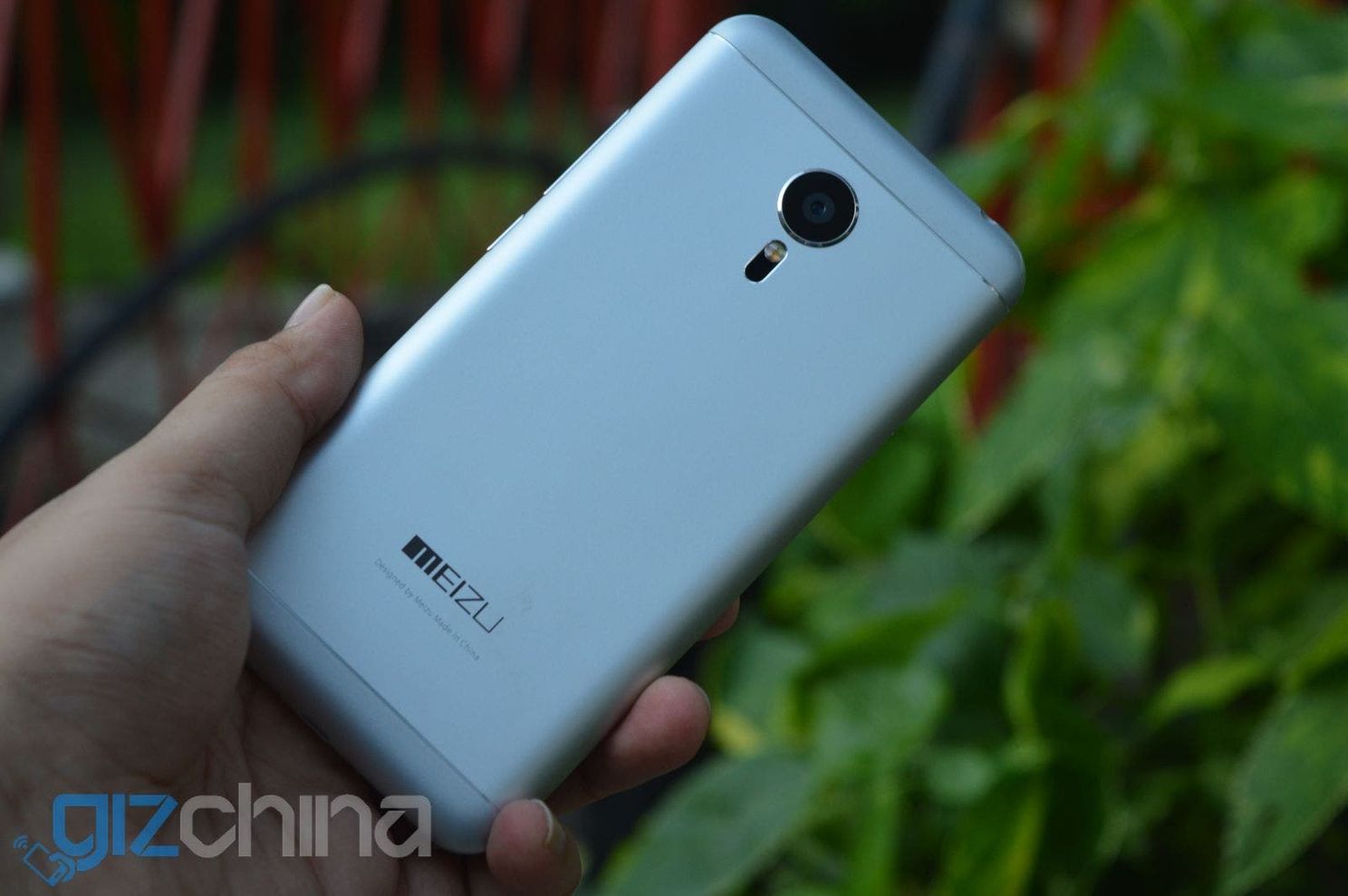
Buy the MX5 if you’re a photography enthusiast, you won’t be disappointed. Buy the MX5 if you’re looking for a fairly well built phone with a fingerprint sensor, and you’ll be happy. But don’t buy the MX5 (at least just yet) for the promise of the Helio X10. If possible, wait for a month or so until Flyme OS is tuned to give the SoC what it needs. And when that happens, I’m pretty sure the MX5 will blow every $289 out of the water.
Despite the couple shortcomings, I believe the MX5 will be my daily driver for quite a while. It’s sleeker than the X600, has a killer camera, and a bomb of a fingerprint sensor. But that’s me!
We would like to thank the folks at CooliCool.com for providing the Meizu MX5 for this review!
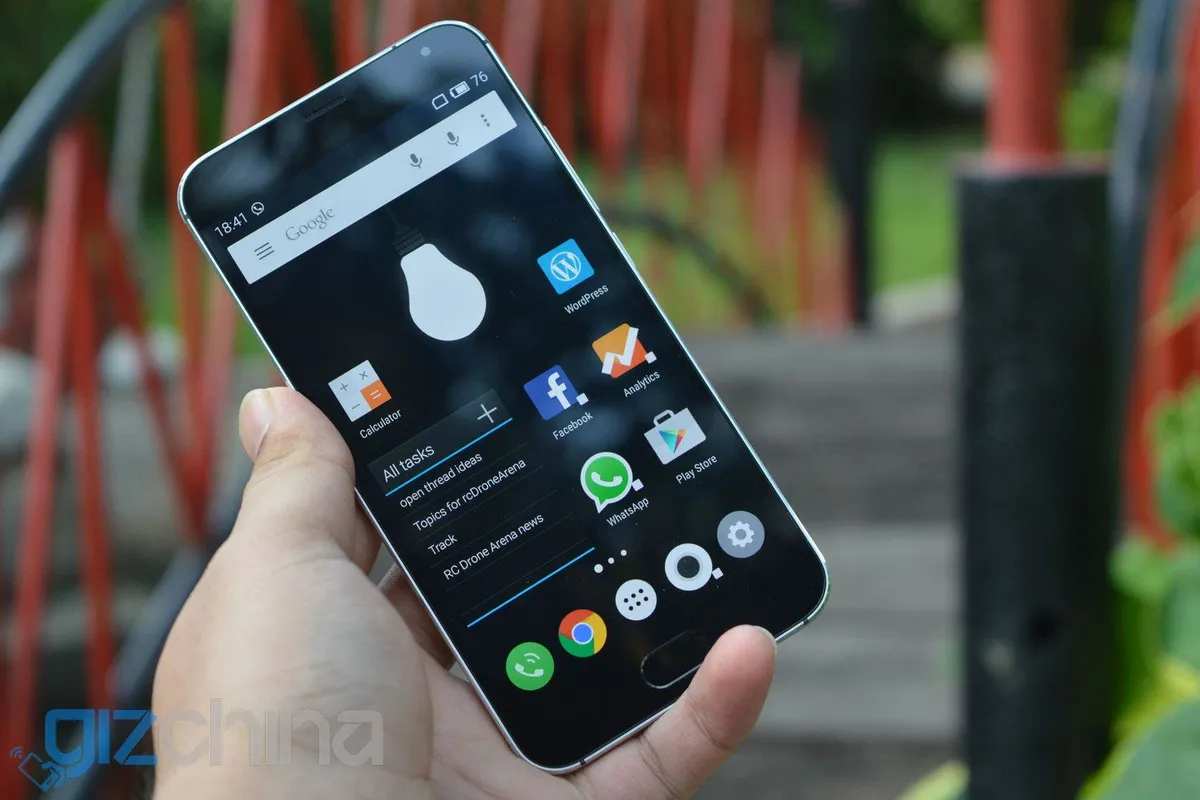

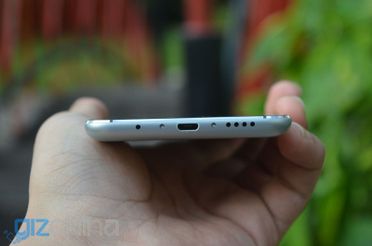
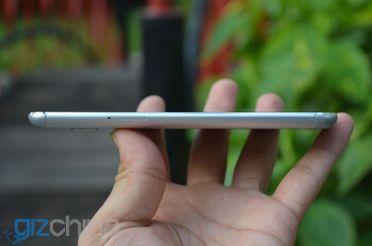
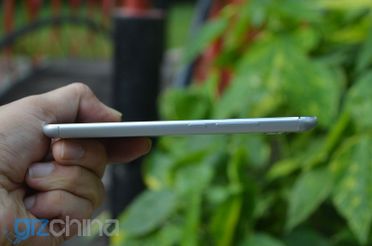

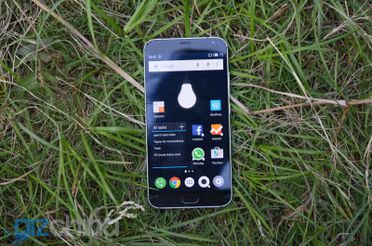
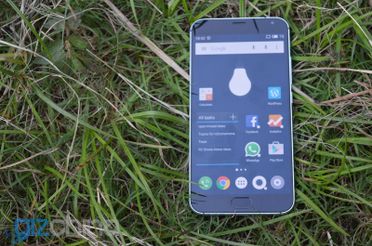
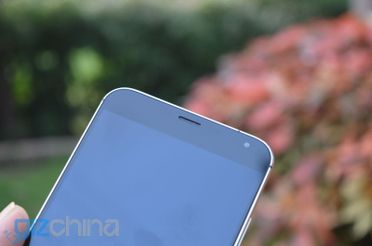
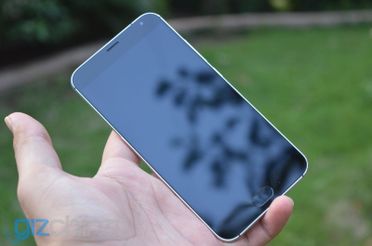
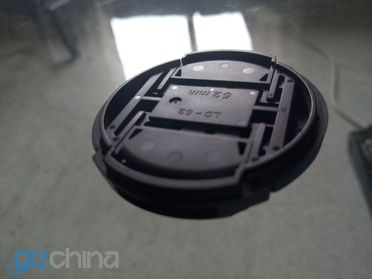















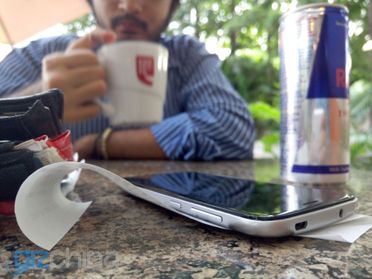


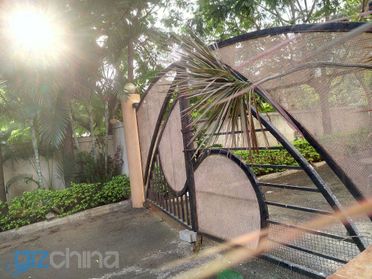












Place comments
0 Comments
You are currently seeing only the comments you are notified about, if you want to see all comments from this post, click the button below.
Show all comments